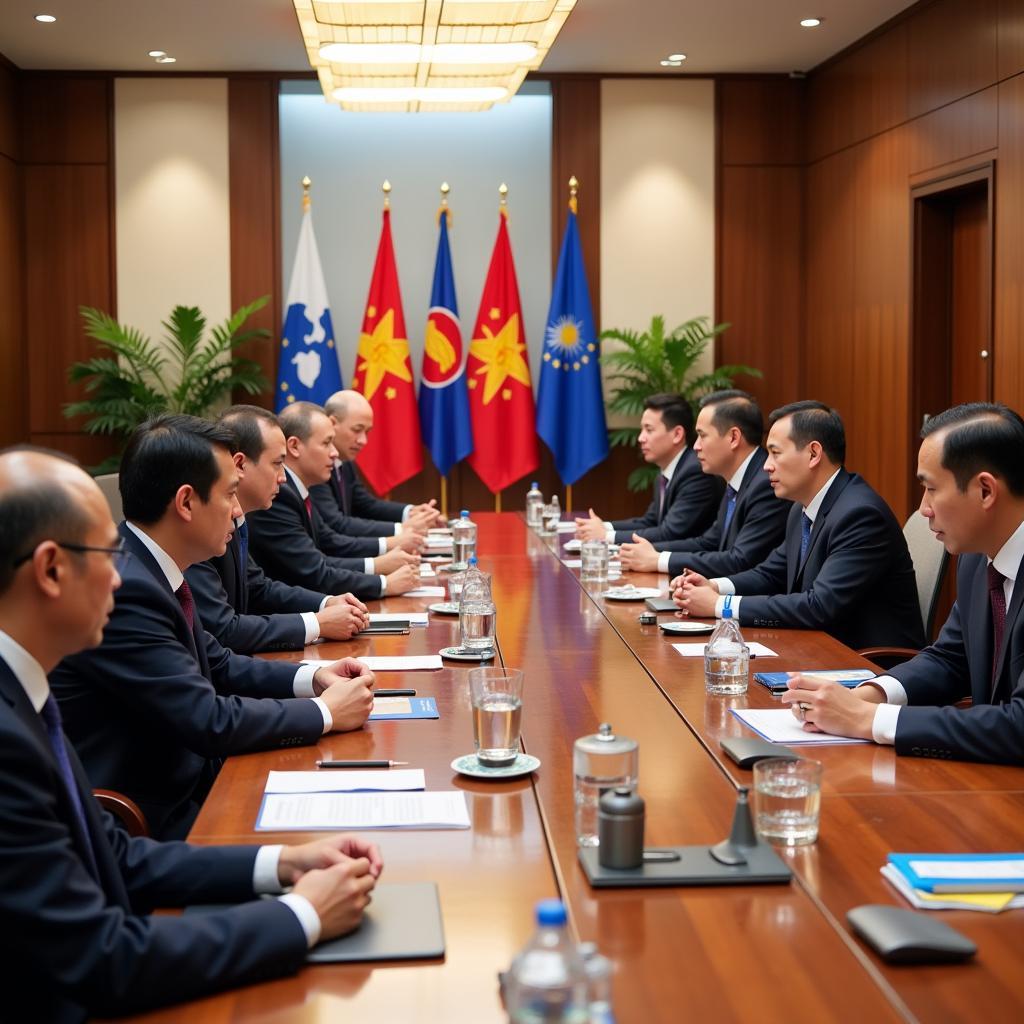ASEAN, the Association of Southeast Asian Nations, stands as a testament to the power of unity and collaboration in a region known for its diverse cultures, languages, and histories. This guide delves into the heart of ASEAN, exploring its origins, its impact on the region, and its growing significance on the global stage.
A Tapestry of Cultures and Histories: Unveiling ASEAN’s Origins
Established in 1967, ASEAN emerged from a desire to foster peace and stability in a region grappling with the complexities of the Cold War. The founding members – Indonesia, Malaysia, the Philippines, Singapore, and Thailand – laid the groundwork for an organization built on the principles of mutual respect, cooperation, and peaceful coexistence.
Over the years, ASEAN’s membership has expanded to include Brunei Darussalam, Vietnam, Laos, Myanmar, and Cambodia, reflecting its growing influence and the shared aspirations of Southeast Asian nations. The organization’s charter, adopted in 2008, underscores its commitment to promoting economic growth, social progress, and cultural development within a framework of regional peace and security.
ASEAN’s Economic Prowess: A Driving Force in Global Trade
ASEAN’s economic dynamism is undeniable. As a collective, it stands as one of the world’s largest economies, with a combined GDP exceeding that of the United Kingdom and France. The region’s strategic location, coupled with its youthful population and abundant natural resources, has made it a hub for foreign investment and trade.
The ASEAN Economic Community (AEC), established in 2015, aims to create a single market and production base, facilitating the free flow of goods, services, investments, and skilled labor within the region. The AEC blueprint outlines key characteristics such as a competitive economic region, equitable economic development, and seamless regional integration.
Navigating Challenges, Embracing Opportunities
While ASEAN has made significant strides in fostering regional cooperation and integration, it continues to face challenges. These include persistent economic disparities among member states, territorial disputes in the South China Sea, and the need to address transnational issues such as terrorism, climate change, and cybercrime.
However, ASEAN has consistently demonstrated its ability to overcome obstacles through dialogue, consensus-building, and a shared commitment to regional peace and prosperity. Its proactive approach to engaging with external partners, including major powers like the United States, China, and Japan, underscores its growing influence on the global stage.
Conclusion: A Bright Future for ASEAN
ASEAN’s journey is a testament to the transformative power of regional cooperation. As the organization celebrates its 56th anniversary in 2023, it stands at a pivotal juncture, poised to play an even greater role in shaping the Asia-Pacific region and beyond. By staying true to its founding principles and embracing a spirit of unity and collaboration, ASEAN is well-positioned to navigate the challenges and seize the opportunities that lie ahead, securing a brighter future for its people and contributing to a more peaceful and prosperous world.


